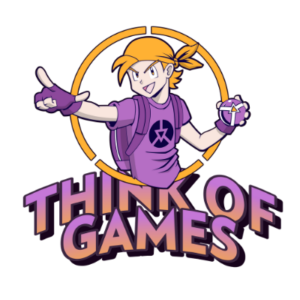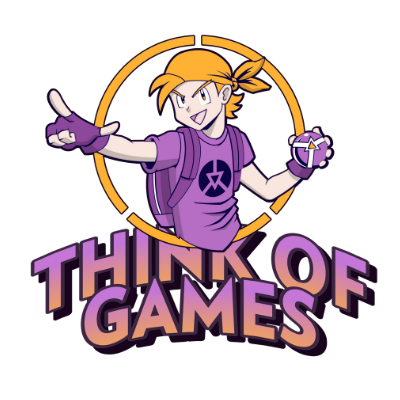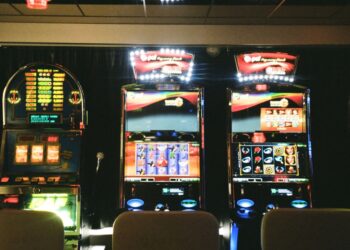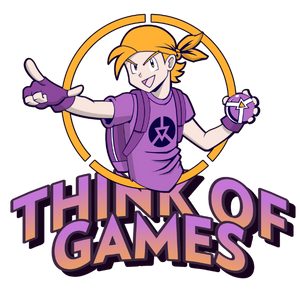The Evolution of VR Headsets and Technology
Virtual reality headsets have come a long way from the days of clunky goggles and tangled wires. These days, the best VR headsets are light, sharp, and surprisingly comfortable, almost like something out of a sci-fi flick.
Companies like Meta, Sony, and Apple keep pushing the boundaries, making immersive experiences more accessible and, frankly, way more fun than ever before.
Advancements in VR Hardware
Back in the early days, wearing a virtual reality headset felt like strapping a brick to your face. The Oculus Rift’s debut in 2012 sparked a real shift, bringing higher-res screens and better graphics into the mix.
Now, we’re seeing 4K (or even sharper) displays, smoother refresh rates, and hardware that doesn’t weigh you down. Devices like the Meta Quest 3 and Apple Vision Pro make it pretty hard to go back to the old days of pixelated screens.
Another big leap? Wireless VR. No more tripping over cords or needing a monster PC, just put on your headset and move freely. It’s opened up virtual reality gaming and entertainment to a much wider crowd.
Motion Tracking and Haptic Feedback in VR Headsets
Tracking technology has changed the game for VR. Early systems needed sensors all over your room, but now most headsets use built-in cameras for “inside-out” tracking. No extra setup, just more time in virtual worlds.
Modern controllers are loaded with sensors, so your hand and finger movements actually matter. It’s a little eerie how natural it feels to reach out and grab something that isn’t really there.
Haptic feedback, think vibrations and pressure in your hands, adds another layer. Whether you’re drawing a bowstring or picking up a virtual object, the tactile sensation makes it all feel that much more convincing.
Reducing Motion Sickness and Boosting Comfort
Let’s be honest, motion sickness has been a real buzzkill for some VR users. But with refresh rates above 90Hz and much lower latency, it’s not nearly the problem it used to be.
Comfort is finally getting the attention it deserves. Lighter materials, better weight balance, and adjustable straps make longer sessions possible. Some headsets even have built-in fans and improved lenses to ease eye strain.
Eye tracking and foveated rendering are getting more common too. They help the headset focus on exactly where you’re looking, which not only saves processing power but also makes the experience less tiring. All these tweaks mean more people can enjoy VR for longer stretches.
Immersive Gaming Experiences in VR Headsets
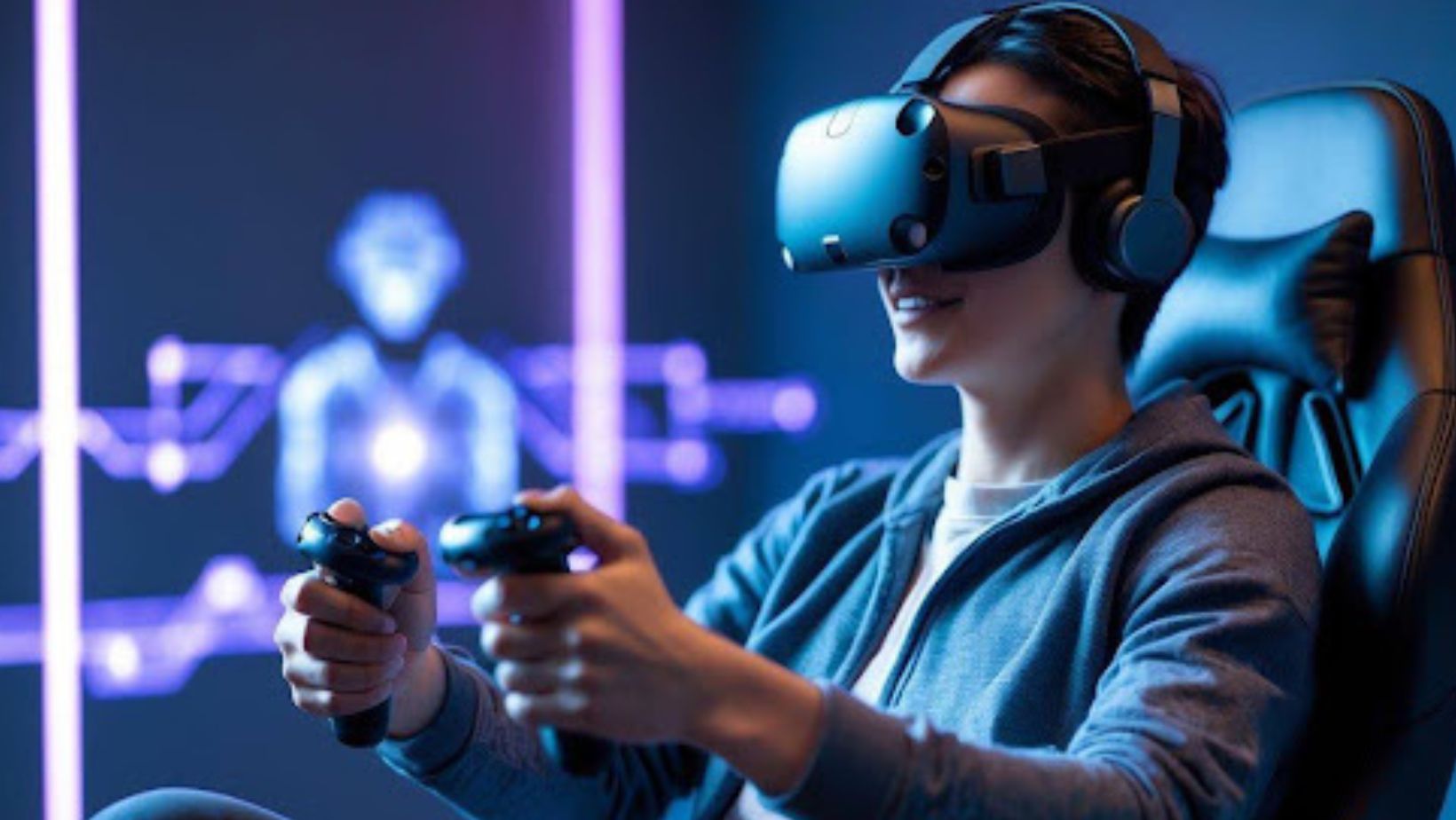
Gaming in virtual reality is a whole different beast compared to regular screens. With a headset and motion controls, you’re not just playing, you’re inside the game, surrounded by action and characters that seem almost real.
You can swing a sword, dodge obstacles, or just look around naturally. It’s a level of engagement that’s tough to beat.
Rise of VR Gaming and Popular VR Titles
VR gaming exploded with the arrival of consumer headsets like the Oculus Rift, HTC Vive, and PlayStation VR. Suddenly, you could step into 3D spaces and interact like never before.
Games like Beat Saber, Half-Life: Alyx, and Superhot VR have become staples. These aren’t just ports, they’re built for immersion, using motion tracking and spatial audio to draw you in.
It’s not just about fun, either. Studies suggest VR boosts feelings of presence and immersion, making gameplay more memorable. There’s just something about ducking behind cover or swinging a virtual lightsaber that a flat screen can’t match.
VR Arcades and Social Gaming Communities
Not everyone wants to invest in a headset right away, and that’s where VR arcades come in. You can try out top-tier setups and play with friends in spaces bigger than your living room.
Social platforms like Bigscreen or VRChat take things further, letting you hang out, watch movies, or play games together in shared digital spaces. It’s a blend of old-school arcades and futuristic social networks.
Connecting with others in VR is a big part of the appeal. Whether you’re teaming up in a co-op game or just chatting as avatars, the sense of community is real, and growing fast.
Gaming’s Impact on the VR Market
No surprise here: gaming is the main force behind virtual reality’s growth. Most VR revenue still comes from games and related content.
Platforms like PlayStation VR have brought virtual gaming to millions of living rooms, while PC-based rigs offer cutting-edge experiences for hardcore fans. The demand for better games keeps hardware makers innovating, which in turn attracts more players and developers.
As more people get hooked, VR gaming helps normalize the whole idea of virtual worlds. It’s a cycle that keeps the industry moving forward.
Transforming Film and Storytelling with VR Headsets
Virtual reality is shaking up how we watch movies and tell stories. Instead of sitting back and watching, you’re dropped right into the action, sometimes even influencing how things play out.
It’s a big shift for both creators and audiences, and honestly, it’s about time movies got this interactive.
VR Movies and Interactive Cinema
VR movies let us step into a 360-degree environment where we can look around and explore instead of watching from a fixed frame. This changes storytelling because we are no longer passive viewers. We can move our perspective, notice details, and sometimes influence the direction of the story.
Interactive cinema in VR often uses branching paths or decision points. For example, a viewer might choose which room to enter or which character to follow. This makes each viewing experience different and personal.
Filmmakers use these techniques to create immersive experiences that feel closer to video games than traditional films. Horror and adventure genres often benefit the most, since the sense of presence can heighten suspense or excitement.
Film Industry Adapting to VR
Filmmakers are rethinking everything, shots, sets, even how they plan scenes. VR tools allow directors to experiment with camera angles and virtual tours before a single frame is shot, saving time and cash.
Digital effects teams can tweak CGI in real time from inside the scene. This hands-on approach makes blending live action and digital stuff a lot smoother.
Viewers get a level of immersion that standard cinema just can’t touch. You’re not just watching; you’re in the middle of it all, deciding where to look and what to focus on.
Studios and New VR Content
Studios big and small are testing the waters with VR projects. Penrose Studios, for example, is all about emotional storytelling in interactive worlds. Their work proves VR can be more than a gimmick, it’s a legit storytelling tool.
Major studios sometimes release short VR experiences alongside big movies. These let fans explore iconic locations or step into a character’s shoes, even if just for a few minutes.
Indie teams are also experimenting, blending film with game mechanics or first-person perspectives. This variety is what keeps the medium fresh and gives people more reasons to check out VR films.
Revolutionizing Live Events and Social Entertainment with VR Headsets
Virtual reality headsets are making live events feel, well, actually live. Concerts, sports, and social gatherings get a whole new vibe when you can “attend” from anywhere and still feel like you’re part of the crowd.
It’s not just about watching anymore, it’s about being there, even when you’re sitting at home.
Virtual Reality Concerts and Interactive Shows
VR concerts put you right by the stage or in the middle of the audience. You can change your perspective, look around, and get closer to the action than most real venues would ever allow.
Some events are fully digital, with 3D avatars for performers and fans. These shows often let you pick camera angles or hang out with friends’ avatars, making the whole experience way more personal.
It’s also a win for accessibility. Fans who can’t travel can still catch a show live, and artists can reach bigger audiences with less hassle. VR events are opening up new revenue streams, too, with virtual merch and ticketed experiences.
Sports Events and VR Streaming
Watching sports in VR is a game-changer. You can pick your seat, switch angles, and even catch replays from right on the field or court.
Some platforms overlay stats or real-time data, so you’re not just watching, you’re interacting. It’s more engaging than staring at a flat TV.
Major leagues are starting to experiment with VR broadcasts for everything from basketball to racing. The tech isn’t perfect yet, but it’s getting better fast, especially as headset resolution improves.
Social Spaces and Avatars in Virtual Worlds
VR headsets are connecting people in ways that text chats and video calls just can’t match. Platforms like VRChat let you create an avatar, explore digital worlds, and hang out with others in real time.
There’s something special about sharing a virtual space, whether it’s a movie night, a game, or just wandering around with friends. The sense of presence is hard to describe until you try it.
Customization is huge. Want to look like yourself? Go for it. Prefer something wild and creative? That’s on the table too. These spaces blend entertainment and socializing in ways we’re only starting to understand.
Enhancing Theme Parks and Location-Based VR Headsets Entertainment
Virtual reality headsets are giving theme parks and group attractions a much-needed upgrade. Instead of just watching a show or riding a coaster, you can step into entirely new worlds, sometimes alongside your friends, sometimes on your own wild adventure.
Specialized venues keep popping up, offering experiences you just can’t get at home. It’s a fresh twist on classic entertainment, and honestly, it feels like the future’s already here.
VR Headsets and Attractions in Theme Parks
Theme parks have started weaving VR headsets into their classic rides, creating wild new layers of immersion. Strap in on a roller coaster, and suddenly you’re dodging asteroids in space or zipping through a LEGO universe, no extra track needed.
It’s honestly a clever move. Instead of building expensive new attractions, parks can just update the visuals, keeping things exciting for repeat visitors while saving a bundle.
Water slides and drop towers have also joined the VR revolution. Riders don sleek headsets that paint digital worlds, think underwater cities or neon skylines, over the real-life thrills.
The physical forces stay the same, but the storytelling possibilities? Pretty much endless.
Some parks are skipping traditional rides altogether and going all-in on dedicated VR experiences. These standalone attractions let visitors jump into interactive stories, making choices and shaping the adventure as they go.
VR theaters and motion simulators, for example, can pull groups into shared narratives that twist and shift with every decision. If you’re after something new, this is where the magic’s happening.
- Galactica at Alton Towers (UK) – space travel coaster using VR headsets
- The Great LEGO Race at LEGOLAND – headset-powered racing adventure
- New Revolution Galactic Attack at Six Flags – mixed-reality coaster battles
 Location-Based VR Headsets Experiences
Location-Based VR Headsets Experiences
Beyond theme parks, VR headsets are popping up in all sorts of entertainment centers, arcades, malls, even cruise ships. These spots ditch the need for massive rides and instead use motion tracking and clever props to turn physical rooms into digital playgrounds.
The VOID and Dreamscape have made a splash with what they call “hyper-reality.” You can walk through mapped rooms, touch real walls, and interact with objects that match what you see in your headset. It’s surprisingly convincing.
Most of these experiences are built for groups. You and your friends might solve puzzles in a haunted mansion or battle digital monsters side by side.
Because it’s all software-driven, operators can swap out adventures regularly. That keeps things fresh, and there’s always something new to try.
- Shopping malls and entertainment complexes
- Arcades
- Museums, aquariums, and even some cruise ships
Want to dig deeper? Check out this industry breakdown for more on how VR headsets are evolving public entertainment.
The Role of AR and the Metaverse in Entertainment
Augmented reality, or AR, adds digital magic to our everyday world, while the metaverse links these digital layers into vast, shared spaces. Together, they’re changing how we experience entertainment by blending real and virtual environments and letting us revisit these worlds any time.
Augmented Reality and Mixed Reality Experiences
AR lets us drop digital objects into our surroundings using phones, tablets, or AR glasses. Suddenly, you might see animated characters or special effects layered right onto your street or living room.
Social media filters or AR-enhanced concerts? Those are just the start. Performers can appear larger than life, and fans get a front-row seat to wild visuals right through their screens.
Mixed reality pushes things a bit further. With devices like Microsoft HoloLens, digital items blend into your environment, letting you interact as if they’re actually there. It’s a new spin on exhibits and even sports broadcasts, where stats float over the action in real time.
- Live events: graphics and effects layered onto concerts
- Sports: real-time stats and instant replays on the field
- Gaming: location-based AR games like Pokémon GO
Integration of VR Headsets and AR in the Metaverse
The metaverse is where VR headsets and AR really come together. Instead of isolated experiences, you can move from a virtual concert to a massive game world, or just hang out with friends, all without leaving the platform.
With a VR headset, you might attend live events as an avatar, wander through 3D worlds, or chat with folks across the globe. AR brings parts of the metaverse into your physical space, imagine a friend’s avatar sitting beside you on your couch during a virtual movie night.
- VRChat and Horizon Worlds for social hangouts
- Fortnite events mixing gaming and live music
- AR extensions that link in-game items to real locations
Want to see how this all comes together? Here’s a quick look at how immersive and social VR experiences can get.
Future Trends and the Next Generation of VR Headsets Entertainment
Virtual reality is pushing entertainment into new territory, thanks to smarter hardware and more accessible options. It’s not just about fancy visuals anymore, there’s a shift in who gets to create content, and where you can experience it.
Innovations Shaping the Future of VR Headsets
Display tech is moving fast. We’re seeing 4K-plus resolution per eye and refresh rates climbing up to 144Hz, which is a game-changer for comfort and realism. Motion sickness? Way less of a problem now.
Mixed reality is also getting easier to use. Many headsets now feature passthrough cameras, so you can blend digital objects with your real-world view and swap from immersive gaming to interactive media without taking off your device.
AI is quietly transforming content creation. Developers can whip up new environments or interactive stories from just a prompt, making it affordable for indie studios to compete in the virtual reality market.
Let’s not forget haptic feedback and spatial audio. With more precise vibrations and 3D sound, you’re not just seeing the action, you’re feeling and hearing it in ways that pull you even deeper into the experience.
Expanding Accessibility and Adoption of VR Headsets
Lighter, more affordable VR headsets are finally starting to reach a broader crowd. Devices like the Pico 6 Lite, which come in under $500 and offer a wireless experience, are catching the eye of casual users and fitness fans alike.
Comfort matters a lot, doesn’t it? Manufacturers are putting real effort into slimmer frames, adjustable straps, and even lens options for folks who wear glasses.
These design tweaks mean people can actually use VR headsets for longer sessions, and honestly, that’s a big deal for anyone who’s ever felt the pinch of an old headset. The result? More people are giving immersive tech a shot.
Usage is spreading well beyond the gaming world. We’re already seeing concerts, movies, and even live sports streamed in immersive formats through these devices.
Education and workplace training are also driving demand, pushing virtual reality into both our downtime and our daily grind.
As these ecosystems mature, users get access to a growing library of apps and experiences. There’s just so much more variety now, VR entertainment is starting to feel less like a techy novelty and more like something you might actually use every day.
